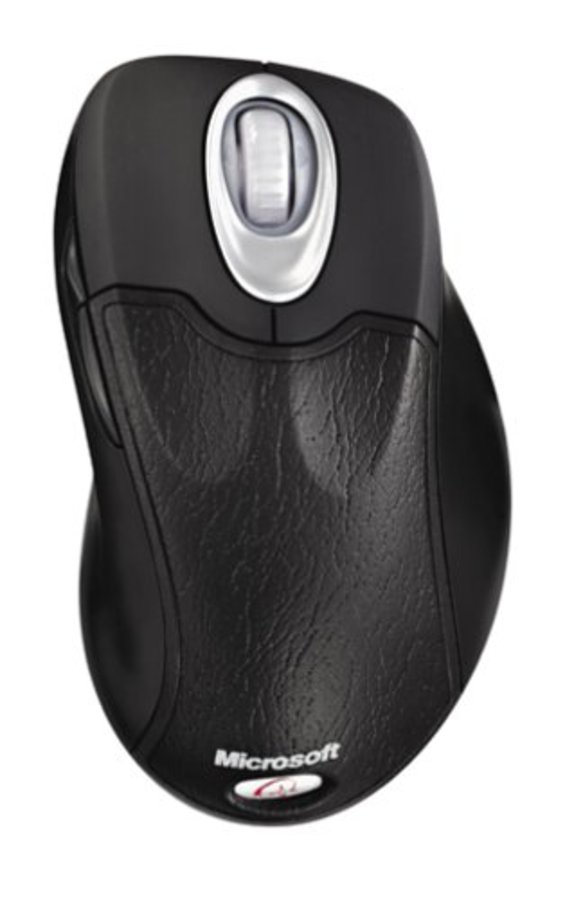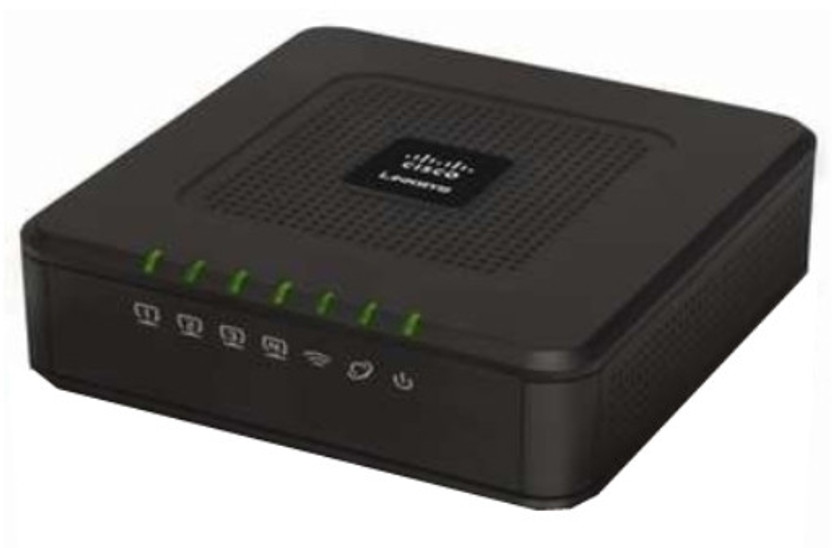

- #WIFI EXPLORER QUADRATIC MODEL INSTALL#
- #WIFI EXPLORER QUADRATIC MODEL PROFESSIONAL#
- #WIFI EXPLORER QUADRATIC MODEL SERIES#
This map took me a little longer to elaborate because there is a lot of technical details about management frames that it made it harder to summarize. I actually encourage you to do the exercise and build your own as you see fit. It goes without saying that if you're also studying for the CWAP exam please don't use the concept maps as an excuse for not reading the book.

This concept map summarizes the first chapter of the CWAP book, titled "802.11 Overview", except that it omits the Wi-Fi Alliance section. Today I'm sharing the first concept map, which gives an overview of the IEEE 802.11 standard. The mental effort necessary to build a concept map is what enables me to memorize the concepts and understand the relationships between them.Īs part of my new CWAP study routine, I intend to build a concept map per book chapter and share it with the community so everybody can benefit from it. However, what I found most valuable is the process of constructing a concept map. I truly believe they're an excellent way of expressing and summarizing complex topics. I know about concept maps because I worked for the CmapTools project for about five years. They include concepts, usually represented as circles or boxes, and annotated lines that connect and specify the relationship between them.

Concept maps are diagrams that can be used to capture, organize, and represent knowledge. It's just how it is, and since I can only dedicate a few hours per week, this time I had to do something different to make sure I could retain as much information as possible. Studying for the CWAP requires a lot of memorizing. The book rested on my nightstand for months until I open it back a few days ago and realize I had forgotten pretty much everything about the first three chapters.
#WIFI EXPLORER QUADRATIC MODEL SERIES#
I purchased the book and read the first three chapters, but then a series of unfortunate events in my life needed all my attention and I didn't continue studying.
#WIFI EXPLORER QUADRATIC MODEL PROFESSIONAL#
Since learning doesn't stop, a few months after passing the CWNA exam I decided to become a Certified Wireless Analysis Professional (CWAP) with the hope that it will serve me for the development of a few other Wi-Fi tools I have in mind. It took long, late hours of reading and coding but the end result was worth it.

The Advanced Details tab in WiFi Explorer is a good example of what I mean. I wanted to make sure the information presented in WiFi Explorer was as accurate and useful as possible, and that could only be achieved by learning how wireless networks really work. Learning is a very important part of my daily routine and it is in fact one of the reasons I decided to become a CWNA. One of the many things I enjoy about working on these tools is learning. Many WLAN and IT professionals also carry it in their toolbox for simple troubleshooting and preliminary assessments of larger (e.g. What began as a very simple Wi-Fi scanner is now a serious tool for monitoring and troubleshooting home and small office wireless networks. I started WiFi Explorer back in 2012 and thanks to the feedback of the WLAN community, especially a very large group on Twitter, the tool has matured quite a bit. Many of you also know me as the author of a few Wi-Fi tools for Mac, being the most popular WiFi Explorer.
#WIFI EXPLORER QUADRATIC MODEL INSTALL#
I don't do surveys, I don't install AP or WLAN controllers, I don't even design networks! My involvement with wireless networks at the moment includes research, development and testing of transport and routing protocols for tactical mobile ad-hoc networks (MANETs), and some cyber-security work on moving target defenses (MTDs). It is true that my every day interactions with wireless networks are very different from those of a typical WLAN engineer. Last year I became a Certified Wireless Network Administrator (CWNA), and doing so showed me that I really didn't know about wireless networks as well as I thought, even though I work with them everyday.


 0 kommentar(er)
0 kommentar(er)
